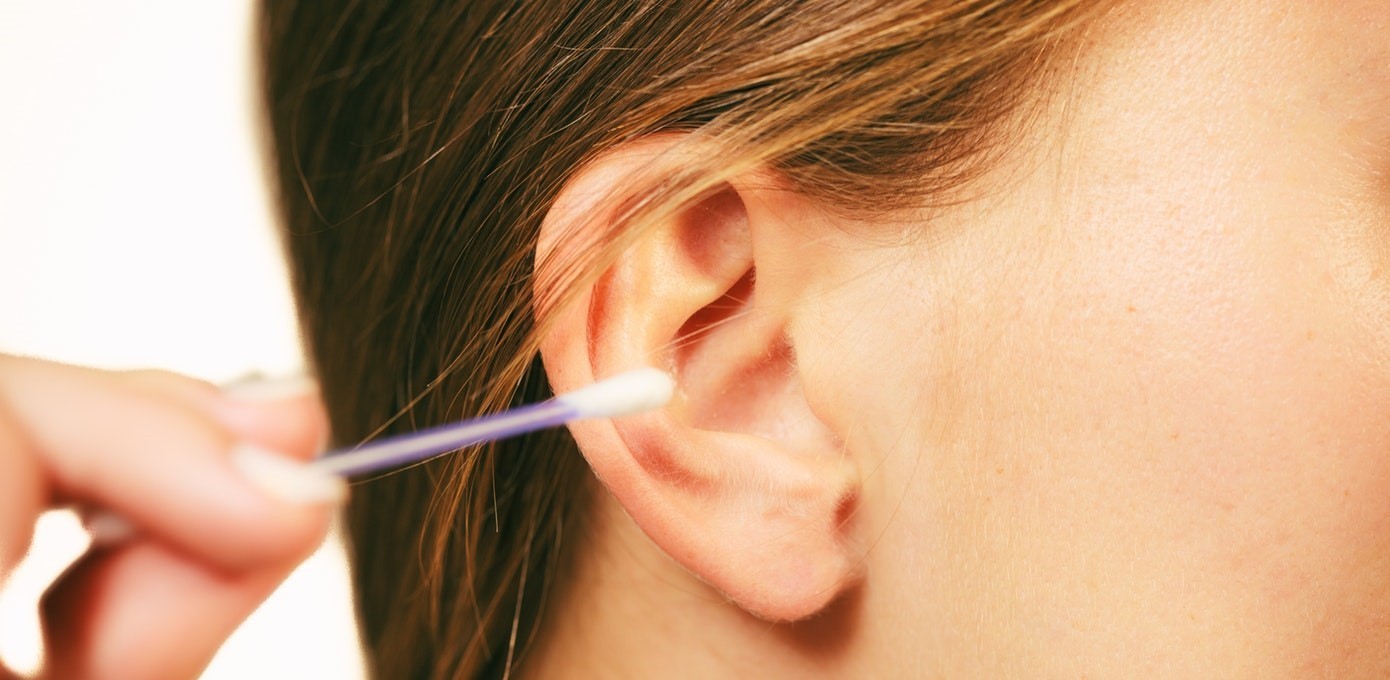The ear may be discharging pus due to an infection of the ear canal, or infection of the middle ear. Check out more details about ear pain.
What is middle ear infection?
The most common cause of ear discharge is a perforation in the eardrum, due to a middle ear infection.
A middle ear infection is of 2 types, the safe type and the unsafe type.
What is a safe middle ear infection?
Safe middle ear infection presents as the discharge of pus from the ear, which increases during a cold. The patient also has a hole in the eardrum. The patient may have decreased hearing and ringing sensation in the ear.

How is a Safe Middle Ear Infection Treated?
The safe type of middle ear infection is treated by antibiotic ear drops and oral antibiotics. Once, the antibiotic stops the pus discharge, it is mandatory to keep the ear dry by not allowing water to enter the ear during a bath or by avoiding swimming.
A small hole in the eardrum will close on its own if the ear is kept dry. Large perforations of the ear need to be repaired by an ENT surgeon by doing a small, short surgery called a Myringoplasty.
In Myringoplasty, new skin called temporalis fascia is used to repair the ear drum. The surgery is done through a small opening made in the back of the ear, therefore a scar is not seen.
If the patient has decreased hearing along with the drum perforation, a surgery called tympanoplasty is done which includes repairing the tiny bones inside the ear along with the ear drum repair.
Causes of Ear Infection
Understanding the causes of ear infections is crucial to prevention and treatment. Often, these infections are triggered by bacteria or viruses, frequently as a secondary complication from a cold or flu. Such illnesses can cause inflammation or blockages in the Eustachian tubes, leading to an ear infection. Several other factors, including allergies, sinus infections, excess mucus, exposure to tobacco smoke, or changes in air pressure, can also serve as catalysts for ear infections.
Effective Ear Infection Treatment
While ear infections can be distressing, they’re quite manageable with appropriate ear infection treatment. The treatment strategy typically depends on the severity and type of the infection. While minor cases often resolve independently, antibiotics may be needed for persistent or more severe ear infections. Besides addressing the infection itself, ear infection treatment also focuses on managing discomfort and easing symptoms, which may involve over-the-counter pain relievers or prescribed ear drops.
Ear Discharge: An Indicator Not to Ignore
Ear discharge, medically known as otorrhea, is a common symptom often associated with ear infections. It can present in several forms: clear, white, yellow, or even bloody, and may have a foul odour. While some ear discharge is normal, especially after a recent swimming session or shower, the excessive or persistent discharge could indicate a more serious issue such as an ear infection, trauma, or a disease. Therefore, it’s essential to consult with a healthcare professional if you notice any abnormal ear discharge.
What is an unsafe Middle Ear Infection?
The 2nd type of middle ear infection is the unsafe type. The patient presents with discharge from the ear that smells bad or has a fishy smell. The ear discharge may also have blood stains.
The patient may also present with decreased hearing and ringing sensation in the ear.
The other name for an unsafe ear infection is cholesteatoma. This presents as a well or a pit in the ear membrane, which starts accumulating dead skin cells and pus. This forms a large ball and starts eroding the middle ear structures, especially the tiny bones responsible for hearing. Cholesteatoma is NOT a type of cancer. However, this disease has aggressive destructive behaviour.
How is an unsafe middle ear infection treated?
The treatment of this condition is surgery to remove all the visible dead skin and eroded structures. Once all these structures are removed, repair of middle ear bones is done to give the patient at least some improvement in hearing.
What causes ear bleeding?
Ear bleeding may be caused by trauma to the ear.
How is it treated?
Bleeding from the ear doesn’t necessarily mean that the eardrum is harmed. Do not use any ear drops, just keep the ear dry. Consult an ENT surgeon to help you better.



